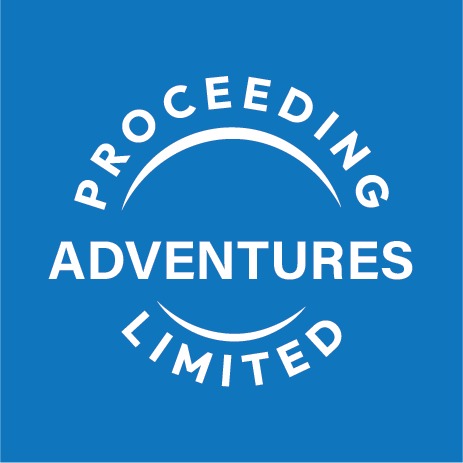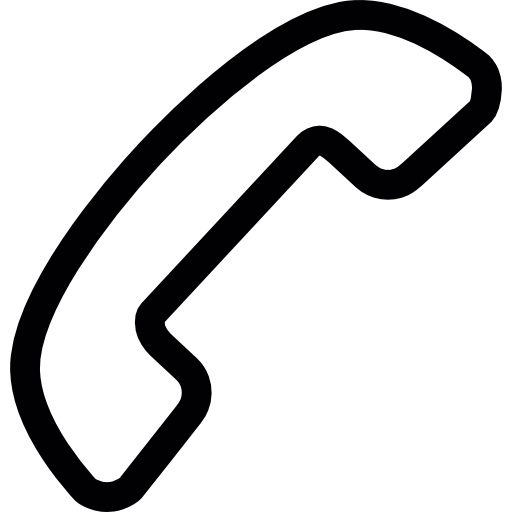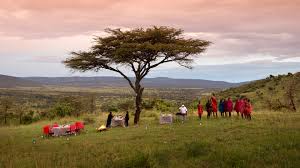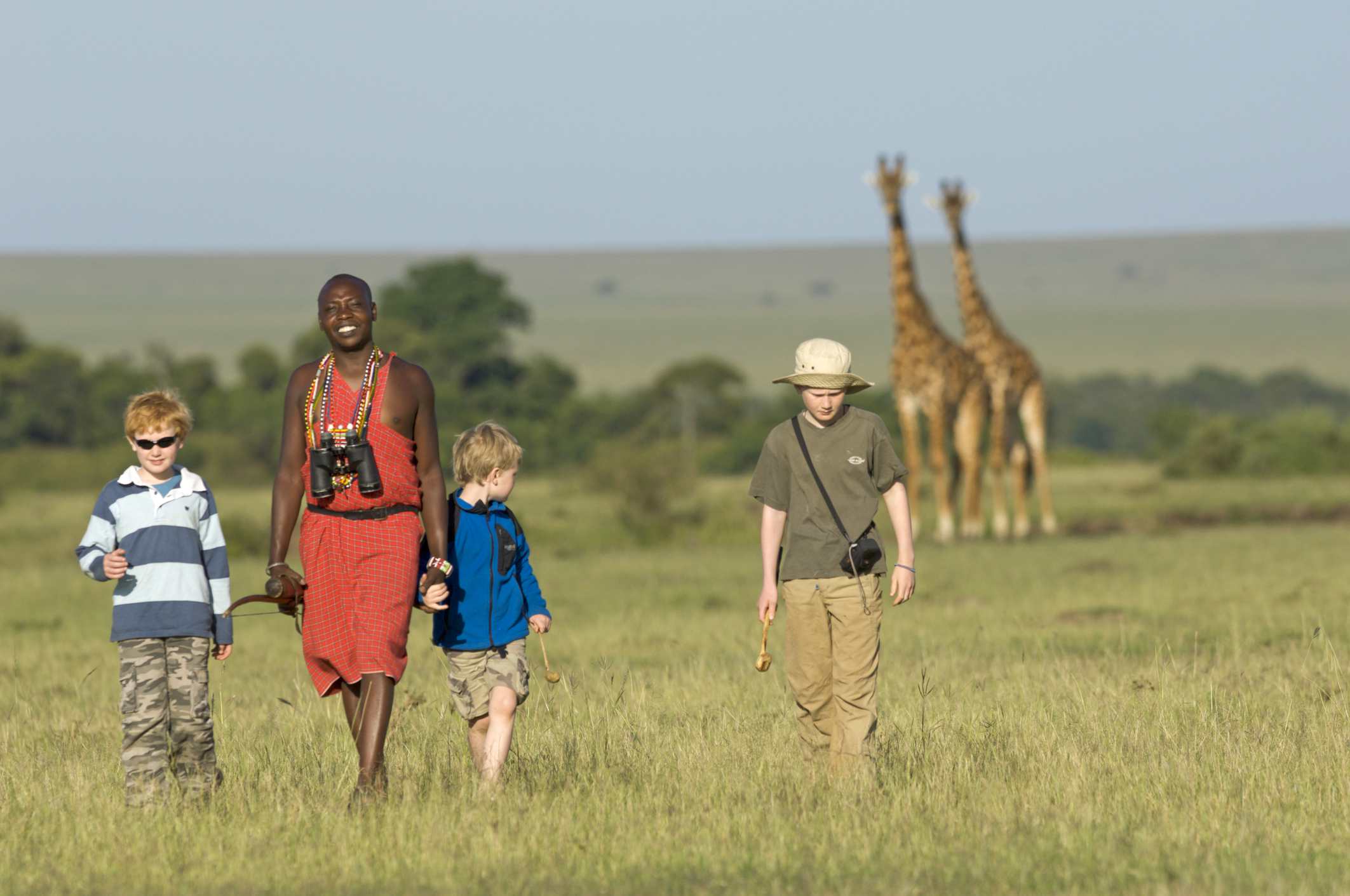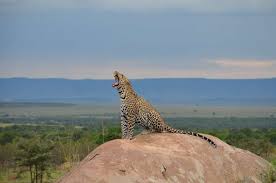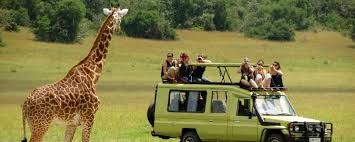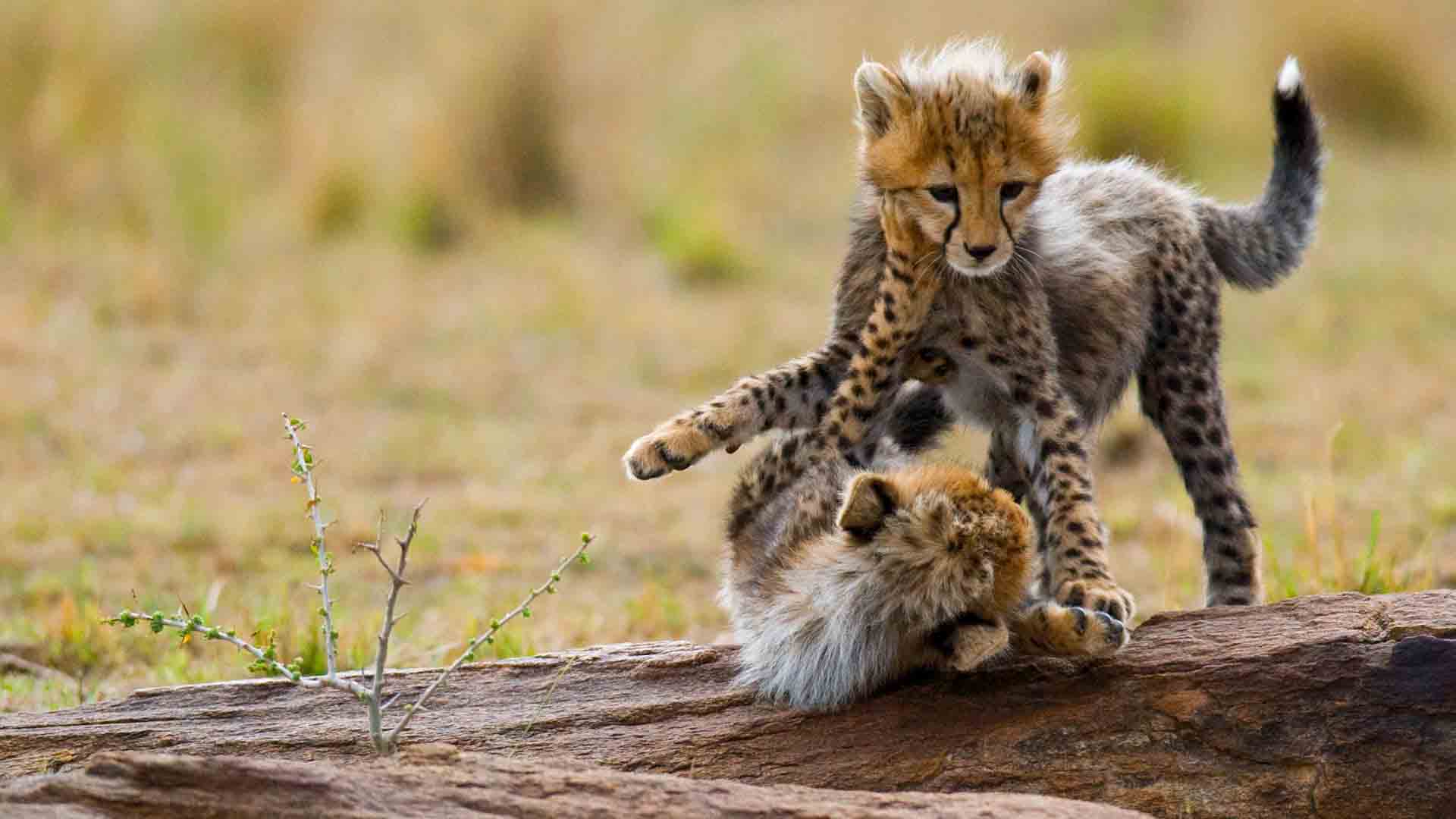4 Jours Safari camping en Tanzanie
Rejoignez notre départ fixe
| Voyage | Date du voyage | Prix | Places restantes | ||
|---|---|---|---|---|---|
 Umbwe Itinéraire 7 jours Umbwe Itinéraire 7 jours |
 May 17,2025 - May 23,2025 May 17,2025 - May 23,2025 |
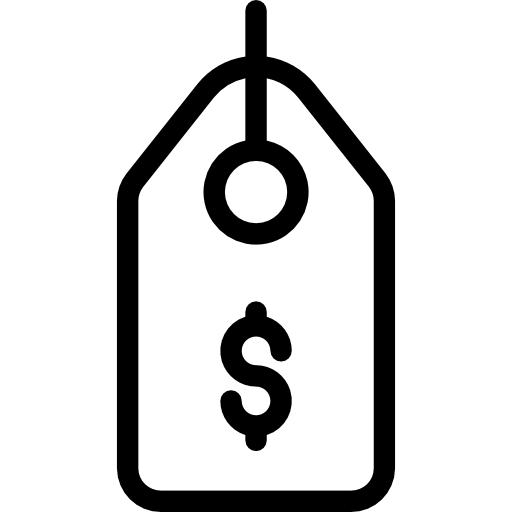 $1,721 $1,721 |
 6 6 |
RÉSERVER MAINTENANT | |
 Marangu Itinéraire 6 jours Marangu Itinéraire 6 jours |
 Jun 12,2025 - Jun 17,2025 Jun 12,2025 - Jun 17,2025 |
 $1,690 $1,690 |
 3 3 |
RÉSERVER MAINTENANT | |
 Machame Itinéraire 6 jours Machame Itinéraire 6 jours |
 Oct 09,2025 - Oct 14,2025 Oct 09,2025 - Oct 14,2025 |
 $1,598 $1,598 |
 4 4 |
RÉSERVER MAINTENANT | |
 Rongai Itinéraire 6 jours Rongai Itinéraire 6 jours |
 Nov 20,2025 - Nov 25,2025 Nov 20,2025 - Nov 25,2025 |
 $1,698 $1,698 |
 2 2 |
RÉSERVER MAINTENANT | |
 Marangu Itinéraire 5 jours Marangu Itinéraire 5 jours |
 Aug 12,2025 - Aug 16,2025 Aug 12,2025 - Aug 16,2025 |
 $1,499 $1,499 |
 3 3 |
RÉSERVER MAINTENANT | |
|
2025-09-03 - 2025-09-08 $1780 6 Places restantes |
RÉSERVER MAINTENANT |
|
2025-11-20 - 2025-11-29 $2120 4 Places restantes |
RÉSERVER MAINTENANT |
|
2025-08-12 - 2025-08-18 $1498 4 Places restantes |
RÉSERVER MAINTENANT |
|
2025-06-12 - 2025-06-17 $1590 5 Places restantes |
RÉSERVER MAINTENANT |
|
2025-05-31 - 2025-06-05 $1490 3 Places restantes |
RÉSERVER MAINTENANT |
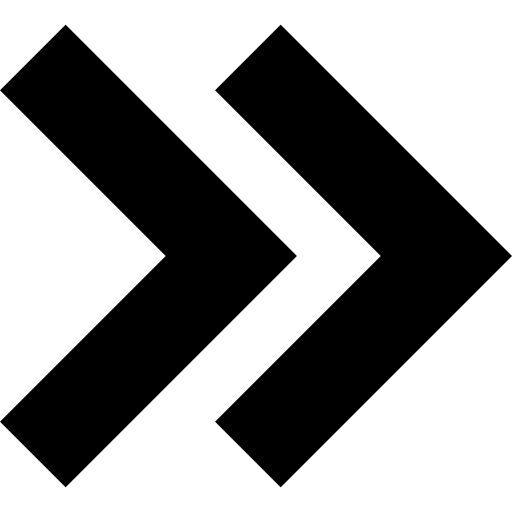
Qu'est-ce qui est inclus ?
- Safari avec chauffeur/guide qualifié en véhicule 4 roues avec toit ouvrant
- 1 nuit en camping
- 1 petit-déjeuner, 2 déjeuners et 1 dîner (cuisinier inclus lors du safari camping)
- Équipement de camping, si nécessaire
- Frais d’entrée des parcs nationaux
- Toutes les dépenses liées au parc
- Eau minérale en bouteille 1,5 L par personne et par jour
Si nous devions choisir la durée parfaite, un safari de 4 jours serait exactement ce que nous viserions. Non seulement vous aurez amplement de temps pour observer une grande variété de faune, mais vous profiterez également des deux parcs les plus célèbres de Tanzanie. D'abord, profitez du parc national de Tarangire, connu pour ses splendides baobabs et sa population d’herbivores, où vous pourrez admirer zèbres, gnous, girafes et éléphants. Ensuite, découvrez le célèbre Serengeti, foyer de la migration bien connue des gnous de fin mai à juillet. Après avoir quitté le Serengeti, nous continuons vers le cratère du Ngorongoro, où, avec un peu de chance, les lions du cratère vous offriront un bon spectacle. Enfin, après avoir exploré jusqu’en fin de journée, nous retournons vers Moshi, espérant que vous aurez de belles photos à partager.
Tous nos safaris sont privés, ce qui vous garantit de tirer le meilleur parti de votre expérience en Tanzanie.
jour 1 - De Moshi au parc national de Tarangire
Nous quittons Moshi le matin en direction du parc national de Tarangire, où vous commencerez votre premier safari avant midi. Le déjeuner sera servi sous les majestueux baobabs après votre entrée dans le parc et vos premières observations de la faune et des paysages spectaculaires. Après le déjeuner, parcourez le parc en photographiant les zèbres, girafes et éléphants qui habitent cette région. Après un après-midi complet de safaris, rendez-vous à votre campement pour le dîner et une nuit sous les étoiles.
Camping à Fanaka ou Haven Nature Camp *
jour 2 - Parc national de Tarangire au parc national du Serengeti
Il y a une raison pour laquelle les créateurs du "Roi Lion" se sont inspirés du Serengeti, et aujourd’hui vous allez découvrir pourquoi. Réputé pour sa grande population de lions, c’est peut-être la meilleure occasion d’observer une troupe de lions dans leur habitat naturel, tandis que gazelles, zèbres et buffles abondent dans cette région. Si vous venez à la bonne saison, vous assisterez à la naissance des petits gnous, qui commenceront leur migration annuelle vers le Kenya à la fin mai. Le déjeuner sera servi dans le parc et, après une journée complète de safaris, votre campement vous attend.
Camp Pimbi Serengeti *
jour 3 - Parc national du Serengeti au cratère du Ngorongoro
Après un copieux petit-déjeuner et un safari matinal dans le Serengeti, nous nous dirigeons vers le célèbre cratère du Ngorongoro, la plus grande caldeira volcanique inactive du monde. Une abondance de faune habite cette région renommée mondialement pour ses paysages à couper le souffle. Profitez d’observer de nombreuses espèces différentes, des éléphants, hippopotames et girafes aux majestueux lions du cratère et aux hyènes voraces. Après un bref aperçu du cratère, nous prenons la route vers notre campement situé au sommet du bord du cratère.
Camp Simba Ngorongoro *
jour 4 - Du cratère du Ngorongoro à Moshi
Après le petit-déjeuner, nous redescendons dans le cratère pour un safari matinal, espérant que l’air frais du matin nous permette d’observer la faune active. Avec la montée des températures, nous pourrons nous rendre à la mare aux hippopotames pour voir ces créatures spectaculaires se rafraîchir. À l’heure du déjeuner, nous rejoindrons un site de pique-nique au bord du lac, profitant d’une vue spectaculaire avant de partir pour le dernier safari. Après notre dernier regard sur le parc, nous montons vers le bord du cratère pour reprendre la route vers Moshi pour la soirée.
| FORFAIT SAFARI | TAILLE DU GROUPE | PRIX PAR PERSONNE |
|---|---|---|
| 4 Jours en camping | 1 personne | $1,999 |
| 4 Jours en camping | 2 personnes et plus | $1,349 |
Exclusions
- Veuillez consulter nos conditions d’utilisation.
- Visa à l’arrivée, cliquez ici pour plus de détails.
- Pourboires pour le personnel. Nous recommandons 25 $ par jour pour le guide et 15 $ par jour pour le cuisinier.
- Tous les effets personnels pour votre voyage.
Liste de vérification pour le safari
- Une paire de chaussures de marche confortables (ex. baskets)
- Vêtements décontractés et amples
- Un sweat polaire ou un pull chaud.
- Chaussettes et sous-vêtements en coton supplémentaires.
- Chapeau
- Veste légère ou coupe-vent
- Lunettes de soleil
- Crème solaire (SPF 50 ou plus)
- Baume à lèvres (SPF 45)
- Répulsif anti-insectes (DEET 30%)
- Gel désinfectant antibactérien pour les mains
- Appareil photo et piles supplémentaires
- Adaptateur de prise
- Lingettes pour bébé
- Papier toilette
- Serviette
- Petite trousse médicale personnelle comprenant aspirine, médicaments anti-paludiques, médicaments contre le rhume et les allergies, crème anti-démangeaison (ex. Benadryl), médicaments pour l’estomac (ex. Pepto-Bismol), pommade antibiotique (ex. Neosporin), antibiotiques sur ordonnance efficaces contre un large éventail de bactéries y compris la diarrhée du voyageur (ex. Ciprofloxacine ou Cipro).
FAQ (QUESTIONS FRÉQUEMMENT POSÉES)
Qui peut participer ?
Quelle est la difficulté d'escalader le Kilimandjaro ?
La randonnée jusqu'aux huttes de Kibo est d'une difficulté modérée avec un bon sentier. L'ascension finale de Kibo à la crête sommitale dure entre 4 et 6 heures et est très raide. Cette dernière partie comporte de nombreux lacets et un peu d’escalade facile près du sommet. Votre guide maintiendra un rythme très lent. Toute personne raisonnablement en forme peut y parvenir, à condition de ne pas avoir de difficultés d'acclimatation.
Y a-t-il une limite d'âge pour grimper le Kilimandjaro ?
L'âge minimum fixé par l’Autorité du Parc National du Kilimandjaro pour atteindre le sommet Uhuru est de 10 ans, mais nous recommandons généralement un âge minimum de 13 ans. Si quelqu’un de votre groupe a moins de 16 ans, veuillez nous en informer à l’avance afin que nous puissions faire les arrangements nécessaires.
Pourquoi un guide est-il nécessaire ? J’ai déjà fait de la randonnée, du trekking ou du camping, ne puis-je pas me guider moi-même ?
Les guides sont obligatoires sur le Kilimandjaro, exigence établie par le service des parcs nationaux de Tanzanie.
Une expérience préalable de trekking est-elle vraiment nécessaire ?
Bien que ce ne soit pas strictement nécessaire, c’est fortement recommandé. Le Kilimandjaro n’est pas une randonnée facile, et il est préférable d’avoir un peu d’expérience pour savoir à quoi s’attendre.
Préparation
Que dois-je emporter pour mon voyage ?
Nous avons une liste de matériel complète téléchargeable. Pour plus de détails, consultez notre article de blog sur la préparation pour la route Marangu du Kilimandjaro.
Quelle est la meilleure période de l'année pour réserver une ascension du Kilimandjaro ?
Mars et avril sont les mois de pluie au Kilimandjaro, il est donc recommandé d’éviter cette période.
J’atterris à Nairobi. Comment puis-je me rendre au Kilimandjaro ?
Nous conseillons généralement d’arriver à l’aéroport du Kilimandjaro (JRO), car aller et revenir de Nairobi peut coûter plusieurs centaines de dollars. Un service de navette depuis Nairobi est assuré par Riverside Shuttle qui prend 6 à 8 heures et coûte 35 à 40 $ par trajet. Vous aurez besoin d’un certificat de fièvre jaune pour franchir la frontière terrestre avec la Tanzanie. Vous aurez également besoin d’un visa distinct pour le Kenya. Il existe également des vols de Nairobi à Kilimandjaro, qui coûtent généralement environ 200 $ l’aller.
Faut-il des permis pour escalader le Kilimandjaro ?
Les permis sont requis et inclus dans le coût du trek. Vous recevrez votre permis à la porte de Marangu le premier jour de la randonnée.
Quel type d'assurance devrais-je avoir ? Où puis-je en obtenir une ?
Votre droit d’entrée au parc couvre les frais de sauvetage en montagne, pris en charge par les services du parc national en collaboration avec notre équipe. De plus, une assurance voyage complète est fortement recommandée. Elle couvrira les annulations, les frais médicaux, le rapatriement, les bagages perdus ou endommagés, etc. Si vous n’en avez pas déjà, nous recommandons Cover More ou World Nomads.
À propos du trek
Combien de temps faut-il pour escalader le Kilimandjaro ?
La route Marangu est la plus courte et nécessite 5 jours de randonnée. Certaines personnes choisissent un jour supplémentaire pour l’acclimatation.
Combien de temps marchons-nous chaque jour ?
Le temps de marche typique est d’environ 5 à 6 heures. Le jour du sommet, vous marcherez entre 10 et 16 heures. Cependant, vous aurez quelques heures de repos à Kibo afin que cette longue journée de marche soit divisée en deux parties. L’ascension et la descente se font le même jour pour éviter les problèmes d’acclimatation.
Hébergement et pension
Quels types d’hébergement sont disponibles sur le Kilimandjaro ?
La route Marangu est la seule route du Kilimandjaro avec un système de cabanes de montagne. Les chambres sont petites mais confortables, partagées par jusqu’à 4 personnes. Chaque chambre dispose de 4 lits avec matelas, draps et oreillers fournis par le parc. Vous devrez apporter votre propre sac de couchage. Les chambres sont équipées d’un éclairage solaire mais sans prises électriques. Des salles à manger intérieures sont disponibles ainsi que des salles de bains modernes avec eau froide courante. La cabane de Kibo est plus rudimentaire, avec des dortoirs partagés par jusqu’à 16 randonneurs.
Mon téléphone portable fonctionnera-t-il ? Et l’accès à Internet ?
Votre service mobile peut fonctionner à un ou deux endroits sur la montagne, mais ne comptez pas dessus. Nous avons testé les cartes Internet mobile de Vodacom (Tanzanie) et Safaricom (Kenya) sans succès. Si vous devez passer un appel pendant le trek, informez votre guide, qui pourra peut-être l’organiser.
Puis-je recharger mon téléphone ou appareil photo pendant le trek ?
En général, il est préférable d’apporter des batteries supplémentaires ou un chargeur solaire portable. Parfois, les gardes du parc peuvent vous aider à recharger un appareil contre des frais supplémentaires.
D’où vient notre eau potable ?
Nous fournissons suffisamment d’eau potable pendant l’ascension. L’eau est recueillie sur la montagne puis bouillie avant d’être distribuée. Les bouteilles en plastique jetables sont interdites sur la montagne.
Et les douches ?
Les salles de bains des cabanes ne disposent pas de douches. Votre guide peut vous fournir un seau d’eau chaude le soir et le matin pour la toilette.
Où prenons-nous nos repas ?
Les déjeuners sont emballés et consommés sur le sentier pendant la journée. Le dîner et le petit-déjeuner sont pris dans les cabanes de restauration.
Santé et sécurité
Quels critères physiques garantissent que je suis apte à faire le trek ?
Vous devez être en bonne forme physique pour marcher continuellement toute la journée. Une bonne forme générale, de la souplesse et une bonne santé garantiront un trek sûr et confortable. Les personnes souffrant de problèmes de santé aigus ou chroniques affectant l’endurance, les mouvements ou l’équilibre pourraient avoir des difficultés. En cas de doute, consultez un médecin avant de réserver votre voyage ! Veuillez consulter notre article de blog.
Comment allons-nous gérer l’acclimatation à l’altitude ?
Le meilleur scénario est de s’acclimater lentement. L’ascension de 5 jours est assez rapide et les randonneurs doivent signaler tout problème à leur guide. Les symptômes courants du mal des montagnes incluent maux de tête et toux.
Que dois-je savoir sur la protection solaire ?
Cela peut sembler contre-intuitif, mais votre peau est plus exposée aux dommages du soleil en montagne qu’à la plage ! L’intensité du soleil augmente considérablement avec l’altitude et la neige fraîche reflète beaucoup plus d’UV que le sable. Protégez votre peau avec des vêtements et de la crème solaire. Une crème solaire spéciale conditions de montagne est recommandée. Si vous portez des lunettes de vue, faites adapter votre ordonnance à des lunettes de soleil.
Que se passe-t-il si je tombe malade ou me blesse pendant le trek ?
Nous prenons toutes les précautions possibles pour garantir la sécurité et le bien-être de nos randonneurs. Nos guides sont formés aux premiers secours et certifiés en secourisme en milieu sauvage. En cas de mal des montagnes, vous serez immédiatement redescendu à une altitude plus basse. Si nécessaire, le guide utilisera les services de secours du parc pour une évacuation immédiate.
Les femmes voyageant seules sont-elles en sécurité pour l’ascension du Kilimandjaro ?
Oui, nous garantissons la sécurité de tous nos clients, hommes et femmes. Nous avons des relations de confiance de longue date avec les hébergements que nous utilisons, connus pour être sûrs. De plus, nos guides surveillent en permanence la position de chaque membre du groupe. Nous voyageons en petits groupes pour rester facilement en contact.
Questions pratiques
Que dois-je emporter ?
Veuillez consulter notre liste complète d’équipement. Vous pouvez louer du matériel à Moshi, mais c’est souvent coûteux et de qualité moyenne. Si vous en faites la demande à l’avance, nous pourrons peut-être vous prêter certains équipements gratuitement.
Quel type de chaussures est recommandé ?
Une bonne paire de chaussures de randonnée est importante pour l’ascension finale afin de garder vos pieds au chaud et de soutenir vos chevilles. Des chaussures de sport peuvent suffire pour les autres jours du trek.
Combien peut porter un porteur ?
Les porteurs sur le Kilimandjaro peuvent porter 15 kg en plus de leurs affaires personnelles.
Dois-je donner un pourboire à mon guide ? Et aux porteurs ?
Le pourboire est une pratique importante dans la culture tanzanienne. Veuillez consulter nos directives de pourboire.
Combien d’argent dois-je emporter ?
Il n’est pas nécessaire d’apporter de l’argent sur la montagne. Vous pouvez donner les pourboires à l’hôtel à la fin du trek. L’hôtel dispose d’un coffre-fort pour stocker vos objets de valeur pendant l’ascension. Nos treks sont tout compris : hébergement, nourriture, frais de parc, permis et autres coûts sont couverts afin de rendre votre aventure aussi sereine que possible. Une fois sur la montagne, il n’y a plus d’endroit pour dépenser de l’argent.
Quelles options de communication existent pendant le trek ?
Votre guide pourra organiser un appel ou transmettre un message en cas d’urgence. Ne vous attendez pas à des options de communication, bien qu’un signal mobile puisse être disponible à certains endroits.
Que se passe-t-il si je termine mon ascension plus tôt ?
Certains grimpeurs terminent l’ascension plus tôt que prévu et retournent à Moshi. D’autres peuvent avoir des problèmes d’altitude ou souhaitent simplement descendre plus tôt. Si vous retournez à Moshi plus tôt, vous devrez payer vous-même les nuits d’hôtel supplémentaires (35 $ par nuit) et les repas. Cela s’explique par le fait que nos coûts restent les mêmes, quel que soit le nombre de jours réellement passés en montagne. Même si vous terminez avant, le personnel, la nourriture et l’équipement ont été payés pour la totalité du trek prévu.
Quelle est votre politique d’annulation ? Et vos autres conditions générales ?
Veuillez consulter nos Termes et conditions page
$1,349usd
Prix basé sur le partage entre deux personnes*Ce voyage est entièrement personnalisable
- Vous avez un grand groupe ? Nous pouvons vous aider.
- Nous pouvons personnaliser le voyage selon vos besoins.
- Nous pouvons vous aider à l’adapter à votre budget.
Note importante :
Le pourboire est une pratique attendue et très appréciée lors de votre trek au Mont Kilimandjaro. C’est une des façons les plus directes d’avoir un impact économique positif dans la communauté africaine. Bien que cela ne soit pas une habitude pour vous, c’est une source importante de revenus pour ceux qui travaillent dans le tourisme.
Préparation Kilimandjaro
Quand grimper ? Présentation de la route. Camping au Kilimandjaro. Liste de matérielInformations de voyage
Randonnée volcan Oldonyo Lengai Randonnée Aratati Arrivée & Visas Rester en bonne santé Rencontrez l'équipeCommencez à planifier votre ascension en contactant un de nos spécialistes de l'aventure

Fredy Mkonyi

Le PDG Fredy et nos visiteurs
Appelez-nous, nous sommes disponibles 24h/24 et 7j/7
+255 621 601 057
Commencer à planifier votre voyage EN
EN CH
CH ES
ES DE
DE RU
RU
 FR
FR
 ET
ET
